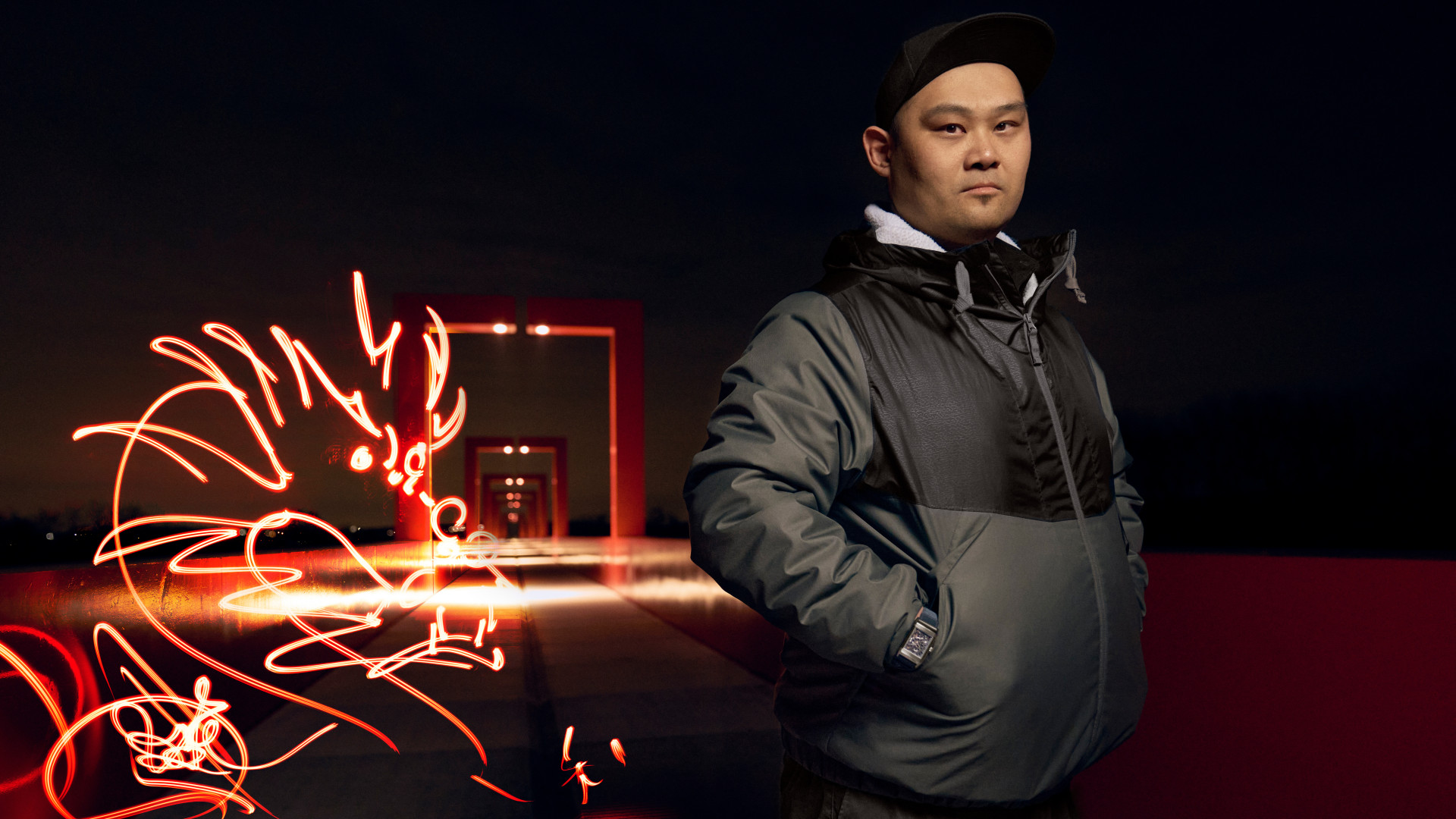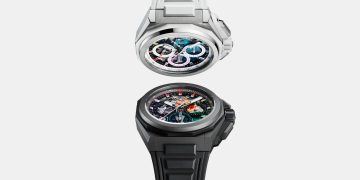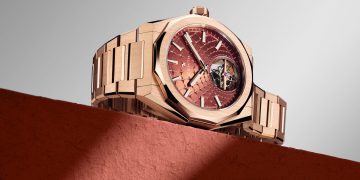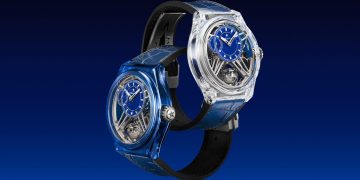Source: Images and content by ‘THE DRAGON OF TIME ’ BY STREET LIGHT-PAINTER ROY WANG @ Jaeger LeCoultre.

The Pursuit of the Unknown at the Intersection of Technology and Art
Since the dawn of time, people have been fascinated by the effect of light against the dark night sky – picking up burning sticks from a fire and sketching patterns against the void. However, it wasn’t until the advent of photography that it became possible to create enduring works of art in this way. In essence, light-painting is the art of ‘drawing’ images with a moving light, and capturing the process on camera with a single, long exposure – usually a minute or more.
Working at night, Roy Wang uses darkness as his canvas and light as his paintbrush, facing the camera and shaping his images in the air with no visual guidance. (He sees what he has created only in the resulting photograph.) Rather, he must rely on spatial memory, muscle memory and imagination. He credits his years as a professional sportsman for helping to develop the deep muscle memory that he employs in his art. The artist dresses in black while creating the work, becoming absorbed by the surrounding darkness and invisible in the finished image.
“I describe my art as the pursuit of the unknown because I must work towards an imagined result – I can’t see what I’m making until after it has been captured by the camera,” says the artist. “The process is very fast; it takes only a minute or two, but the planning is very lengthy. I must envision the image, the exact gestures that I will make to ‘paint’ it, the invisible ‘frame’ that must contain those gestures, and the perfect positioning of my body and the light source in relation to the frame and camera. Part of the magic of light-painting is that the light effects vanish as soon as they are created, yet they live forever through the photographs.”








